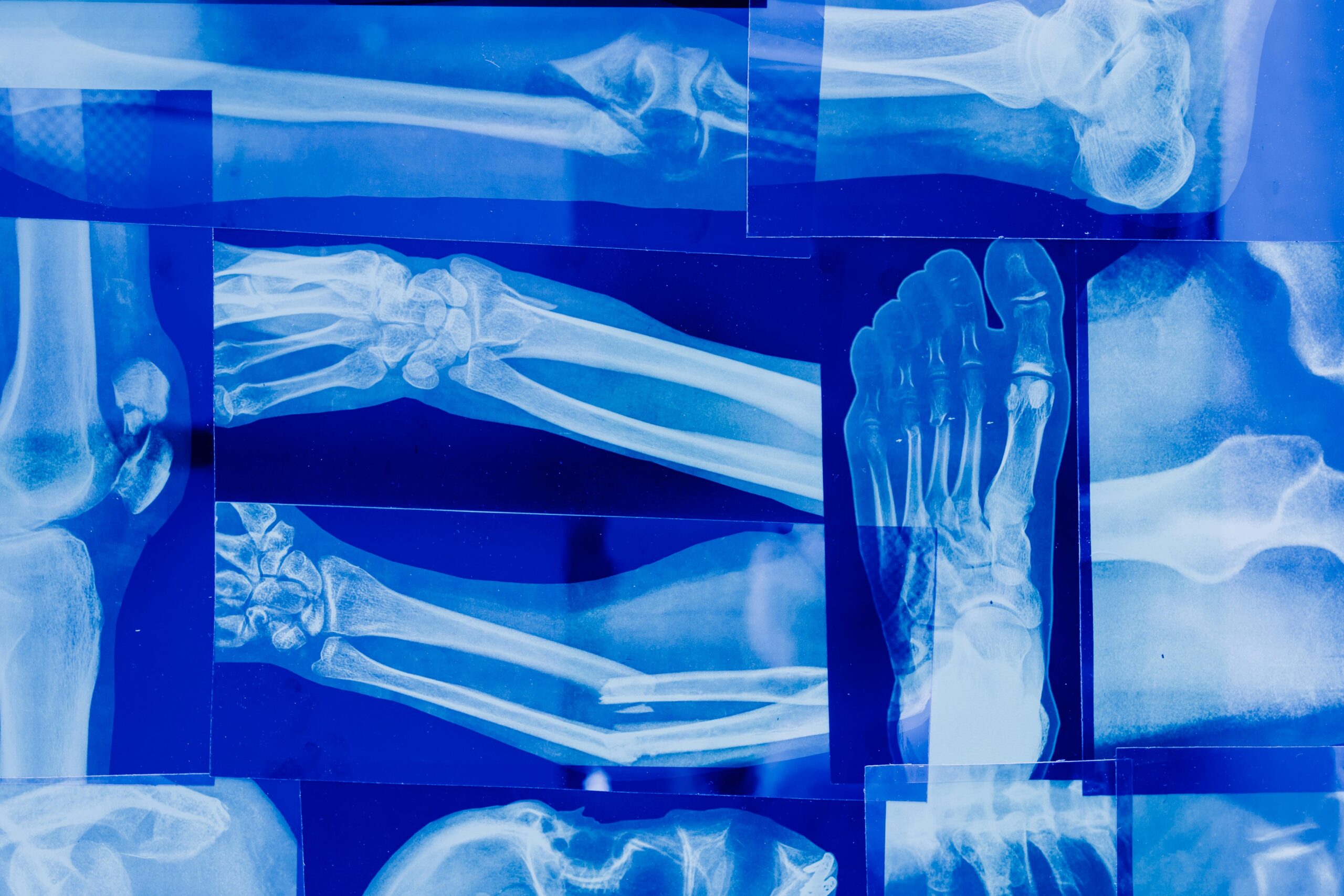- Types of Diabetes:
- Type 1 Diabetes: It is an autoimmune disease where the body does not produce insulin. It is usually diagnosed in children and young people.
- Type 2 Diabetes: It is more common and develops when the body does not use insulin effectively. It is related to factors such as obesity and lifestyle.
- Gestational Diabetes: It occurs during pregnancy and usually disappears after delivery, although it can increase the risk of developing type 2 diabetes later on.
- Common Symptoms:
- Excessive thirst and increased urinary frequency.
- Fatigue and weakness.
- Blurred vision.
- Wounds that take a long time to heal.
- Control of Sugar Levels:
- It is essential to monitor blood glucose levels. Normal levels are usually between 70 and 130 mg/dL before meals and less than 180 mg/dL after eating.
- Using glucometers and continuous glucose monitors can help maintain proper control.
- Importance of Diet:
- Eating a balanced, nutrient-rich diet is key. Include low-glycemic foods, such as whole grains, fruits, and vegetables.
- Limit added sugars and refined carbohydrates.
2. Regular Exercise:
- Physical activity helps control weight and improves insulin sensitivity. At least 150 minutes of moderate exercise per week is recommended.
3. Education and Support:
- Diabetes education is crucial. Participating in support groups or educational programs can be very beneficial.
- Talking to health care professionals, such as dietitians and endocrinologists, can provide valuable information.
4. Potential Complications:
- If not properly controlled, diabetes can lead to complications such as heart disease, kidney damage, vision problems, and neuropathy.
5. Stress Management:
- Stress can affect blood sugar levels. Relaxation techniques such as meditation, yoga or deep breathing can be helpful.
6. Regular Checkups:
- It is important to have regular medical checkups to monitor overall health and detect any complications early.




